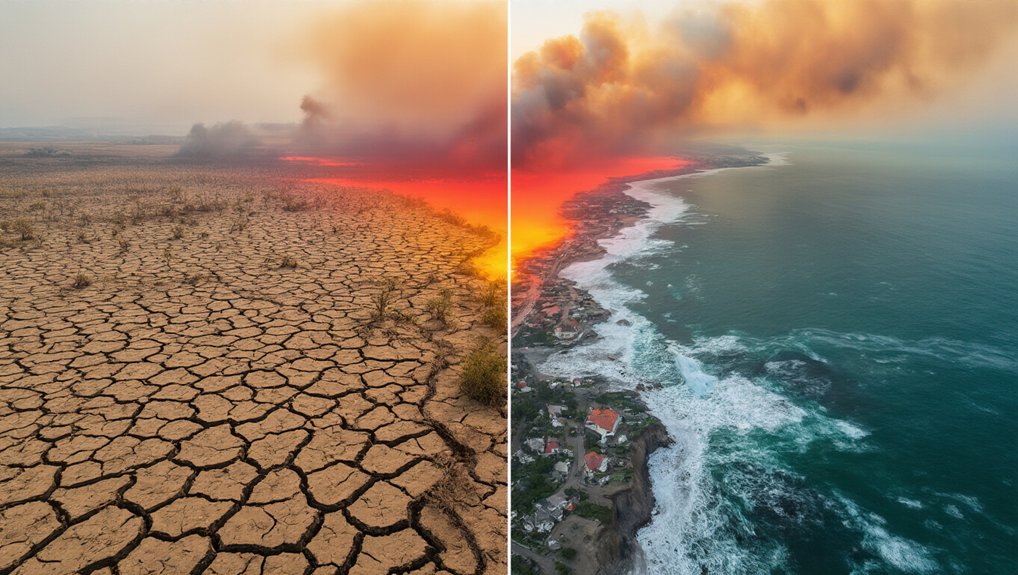An invisible invasion has silently conquered our oceans. Scientists have discovered a staggering 27 million metric tons of nanoplastics lurking in the upper North Atlantic Ocean. Yeah, you read that right—27 million tons. These microscopic particles, too small to see with the naked eye, match the mass of all larger plastic debris combined. Nobody saw this coming.
For years, we’ve been counting only the plastic we could see. Big mistake. This first-ever ocean-basin scale measurement reveals we’ve been living in a fantasy world about ocean pollution. The reality? Way worse.
These nanoplastics consist primarily of PET, PS, and PVC—common plastics in everyday items. They’re everywhere from the Azores to the European continental shelf. Ubiquitous. Inescapable.
These tiny terrors aren’t just floating around harmlessly. They’re small enough to cross biological membranes and infiltrate tissues. Found in brain tissue, placenta, even breast milk. Fish eat them. Then we eat the fish. Circle of life, now with added plastic. Lovely.
The health implications are frankly terrifying. Nanoplastics trigger inflammation in virtually all human cells. They can lead to chronic lung problems, asthma, even increased cancer risk. As if that weren’t enough, they’re excellent at transporting toxic chemicals—PCBs, dioxins, BPA. Hitchhikers from hell.
Where do they come from? Everywhere. Rivers dump them. They fall from the sky. Larger plastics break down in sunlight. The plastic bottle you tossed a decade ago? Probably part of this invisible soup now.
Current cleanup strategies don’t address nanoplastics. How could they? We’re trying to catch dust with a fishing net. Meanwhile, these particles permeate the entire ecosystem, from bacteria to top predators. The research expedition aboard RV Pelagia collected samples from 12 different Atlantic locations to confirm this disturbing reality. Researchers used high-resolution PTR-MS coupled with thermal desorption to finally quantify what previous studies couldn’t detect.
The ecological consequences remain largely unknown, but let’s not kid ourselves—they’re probably not good. This plastic crisis just got exponentially worse, and it was already pretty bad to begin with.
References
- https://phys.org/news/2025-07-reveals-extent-nanoplastic-pollutes-north.html
- https://en.ara.cat/environment/there-are-27-million-tons-of-nanoplastics-in-the-atlantic-far-more-than-any-other-form-of-plastic_1_5438355.html
- https://news.climate.columbia.edu/2025/05/05/nanoplastics-are-all-around-and-inside-us/
- https://www.uu.nl/en/news/tremendous-amount-of-plastic-floats-as-nanoparticles-in-the-ocean
- https://sciencemediacentre.es/en/high-concentrations-nanoplastics-found-atlantic-ocean








